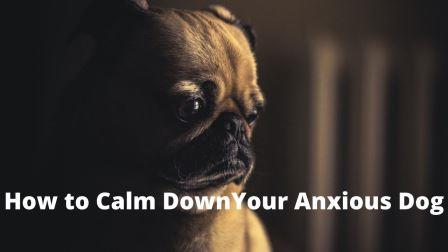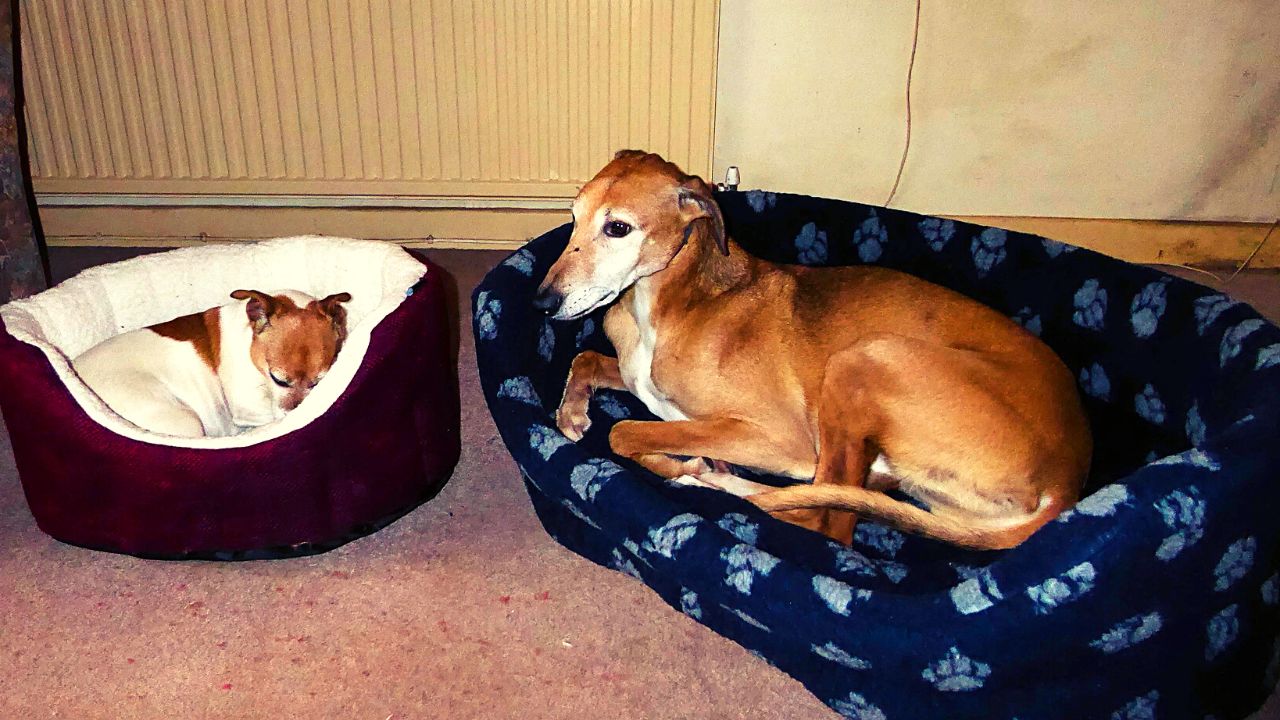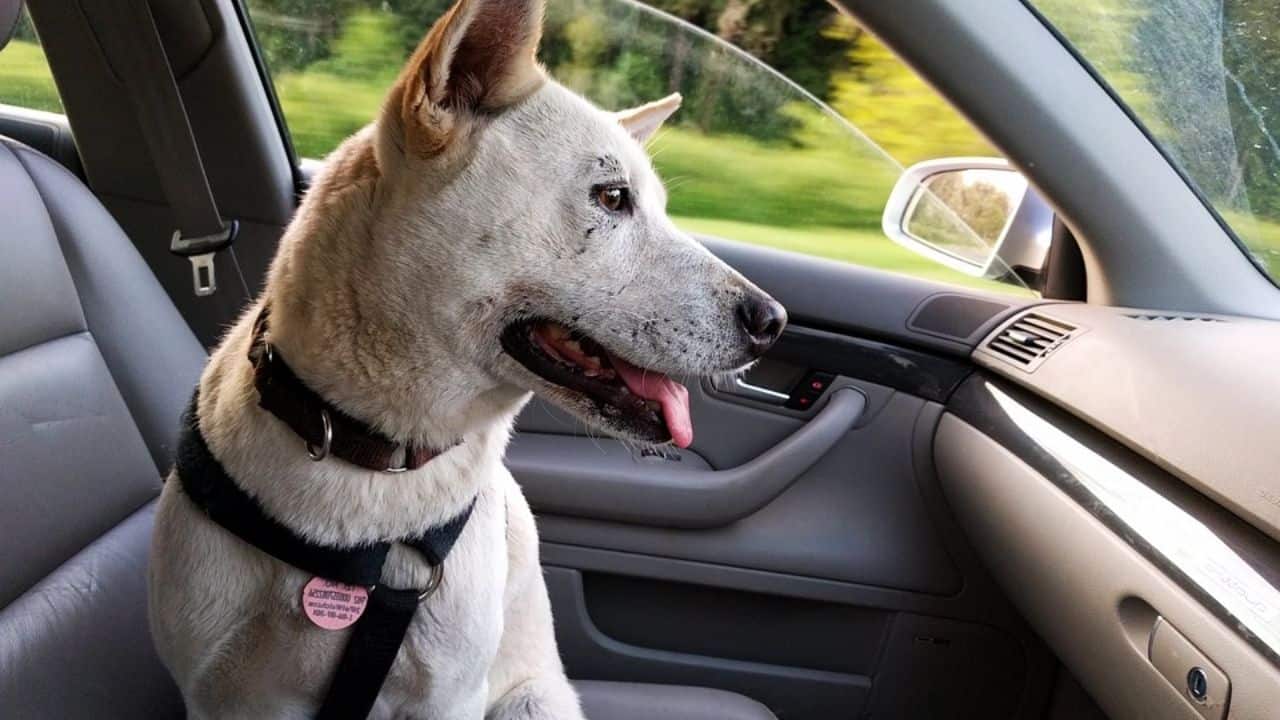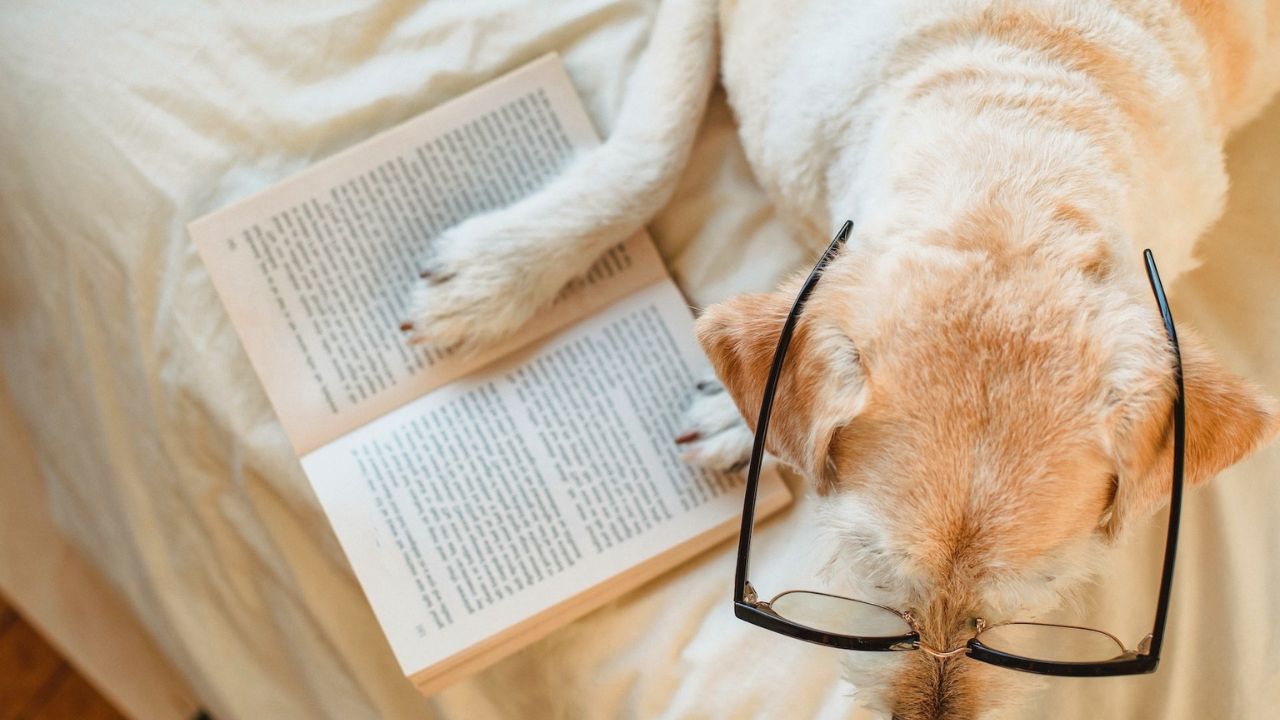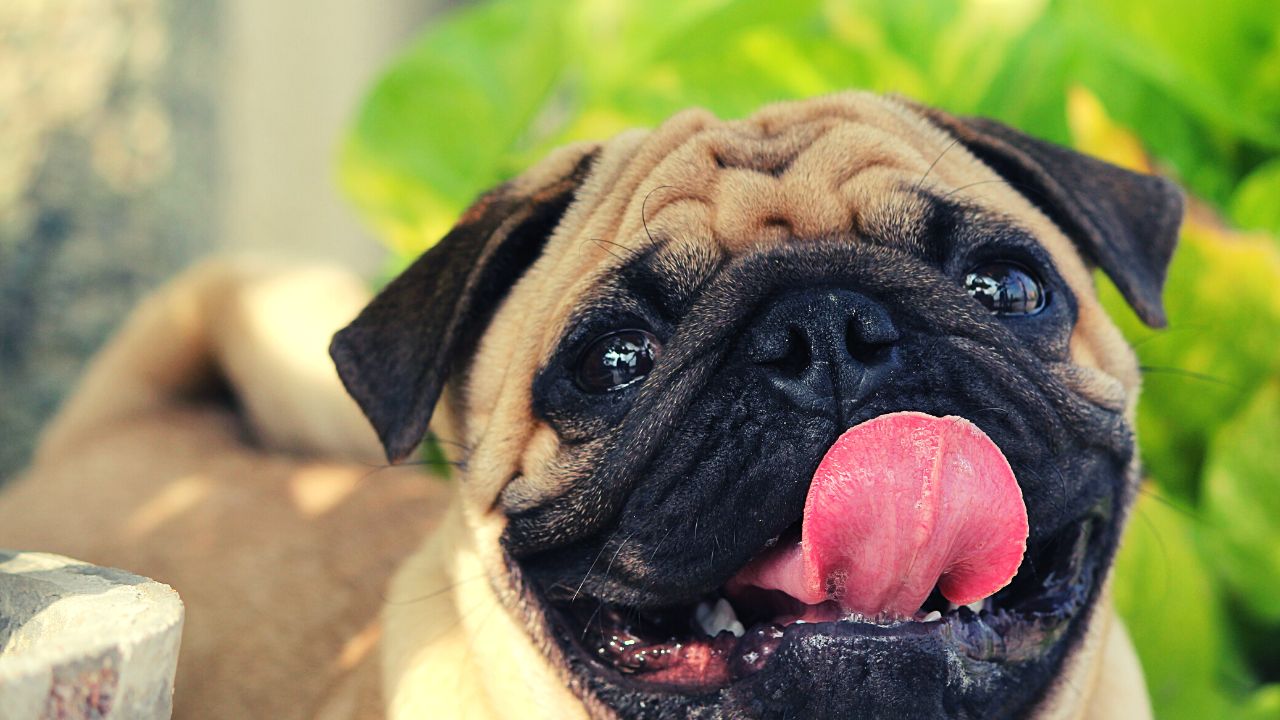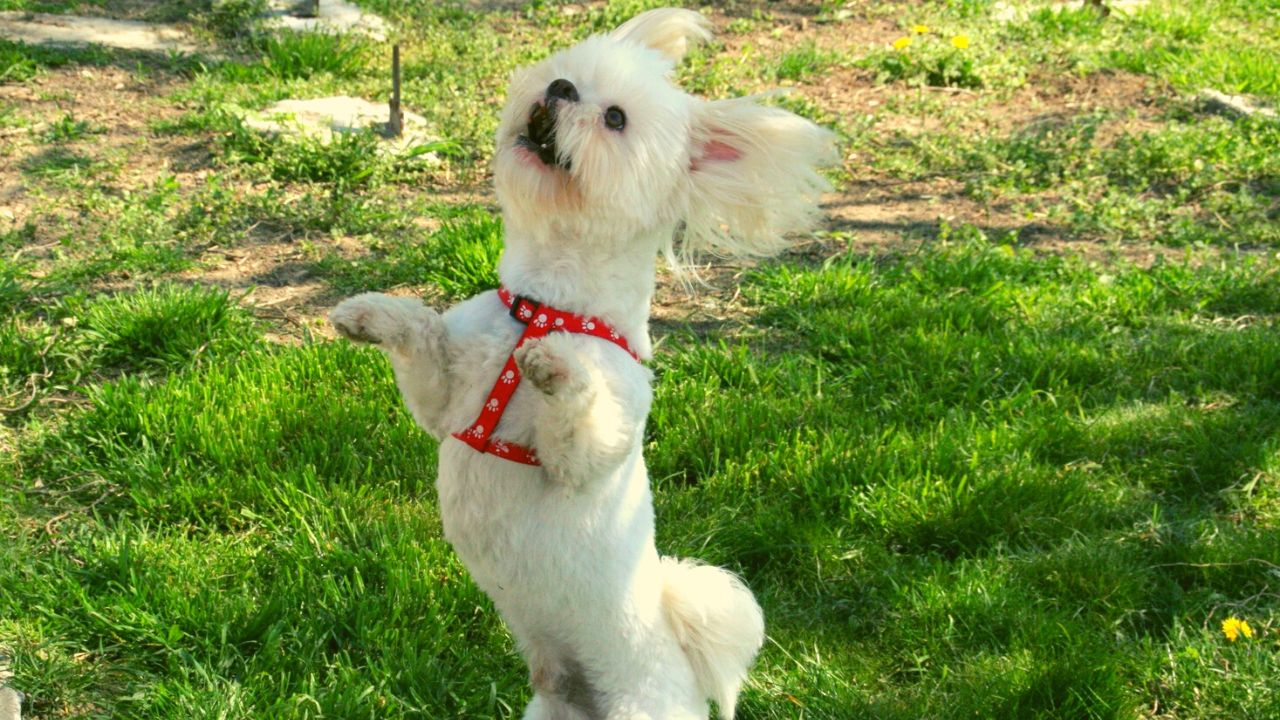
Table of Contents
Dancing with your dog is not only fun, but it can also be a great way to bond with your furry friend. Teaching your dog to dance is a great way to keep them mentally and physically stimulated and it’s a fun trick that will impress your friends and family. In this guide, we will show you how to teach your dog to dance using positive reinforcement techniques and fun training sessions.
Why teaching your dog to dance is should be your resolution this year?
- Enhances the bond between the dog and the owner
- Improve the dog’s physical and mental stimulation
- Can improve the dog’s behavior and obedience
- Can be a fun and unique trick to show off to friends and family
Preparing your dog for dance training
- Choose the right type of dance move that you want to teach your dog (e.g. spin, jump, heel)
- Get the right equipment (e.g. clicker, treats)
- Start with short training sessions (5-10 minutes)
- Make sure to choose a quiet and distraction-free area for training
Step-by-step instructions for teaching your dog to dance: summarized
- Start by teaching your dog the basic commands such as “sit” and “stay”
- Introduce the clicker and use it to mark the desired behavior
- Use treats to reward your dog for following commands
- Slowly build up to more complex dance moves by breaking them down into smaller steps
- Practice regularly and make the training sessions fun and engaging for your dog
Troubleshooting common problems
- If your dog is not responding to the clicker, try using a different marker such as a word or a whistle
- If your dog is not interested in the treats, try using a toy or a game as a reward
- If your dog is not responding to the commands, try breaking down the dance move into smaller steps
- If your dog is getting too excited or anxious during training, take a break and try again later
Introducing Your Dog to the Training Location
Introducing your pup to the training location is an important step in teaching them how to dance. Whether you choose a fenced-in area such as a backyard or an enclosed spot, it’s important to make sure your pup feels comfortable and is free from any distractions. Begin by providing them with treats and verbal praise as they explore the area, allowing them to get used to the new surroundings. Once your pup is familiar with the location, you can begin the dance training!
Teaching the Verbal Cue
Teaching your dog to respond to a verbal cue can be an important part of the dog dancing process. Teaching the verbal cue should be done in a low-distraction area, like your living room, and begin with introducing a word or phrase that you want your dog to associate with the movement. Start by luring your dog into position with a treat and then introduce the verbal cue as you do so. Reward your dog each time they comply and be sure to praise them enthusiastically. With enough practice and repetition, your pup will soon understand the verbal cue and be able to synchronize their movements with yours when they hear it.
Rewarding and Praising Your Dog
It is important to remember to reward and praise your dog during training. Rewarding your pup with treats, words of affirmation and physical affection can help to reinforce good, desired behaviors. Each time your dog performs a dance step correctly, reward them with a treat and use gentle words of encouragement. If your pup needs a little more motivation, offer physical affection like petting or cuddling. Praise and rewards are essential for teaching your pup the desired behaviors. By providing positive reinforcement for the behaviors you want to see, you can help ensure your pup learns quickly.
Beginning the Dance Routine
Once your pup has learned the initial commands and is comfortable with the training location, it’s time to begin teaching your dog the dance routine. Start by introducing your pup to the music. Play the song at a low volume so that your pup can get used to the sound. Once your pup is comfortable with the music, start with some basic moves like sitting, down, or standing on their hind legs. As your pup gets more comfortable with the dancing, you can add more complex steps. Reward and praise your pup as they learn different moves and make sure to take breaks when necessary. With patience, dedication, and fun, you and your pup will have a great time learning how to dance together.
Understanding Dog Dancing
The most important thing to keep in mind when teaching your dog to dance is that it requires patience and dedication. Dogs need to learn different moves and styles in order to be successful in their dancing. Breaking down the steps into smaller, manageable pieces can make the process easier for both you and your pup. Books and resources are available for those who want to learn more about training their pet to dance. With the right training, your pup can learn how to move gracefully with you in a fun and memorable way!
Teaching the Dog Trick: Dance
Begin by having your pup sit and beg, and then slowly raise the lure, encouraging your pup to stand on its hind legs. Once your pup can stand on its hind legs, introduce the verbal cue “dance”, rewarding your pup every time they comply and praising them enthusiastically. To break down the dance steps into manageable pieces, use books and resources to help you learn how to train your pup. With patience and practice, you and your furry friend will soon be dancing around the living room!
Using a Lure to Encourage Your Dog to Stand on Their Hind Legs
Using a lure is an effective way to encourage your dog to stand on its hind legs. By holding a treat in one hand and using your other hand to move the treat around their head, it can help guide your pup into the right position. When they are in the correct stance, make sure to reward them with the treat and give them lots of positive reinforcement. You can also use verbal cues like “stand” or “up” to help guide them into the desired position. With enough patience and dedication, your pup will soon be standing on two feet!
Breaking Down Dance Steps into Manageable Pieces
Breaking down dance steps into manageable pieces is key for teaching your dog to dance. It can be difficult to get your pup to understand the whole routine in one go, so breaking it down into smaller sections makes it easier for them to learn. Start by introducing your dog to the training location and teaching them the verbal cue. Then begin the dance routine and reward and praise your pup as they progress. Use a lure to encourage your dog to stand on its hind legs, and use books and resources to help you learn how to train your pup. By breaking down the routine into smaller pieces, you will be able to teach your dog the basics of dancing in no time!
Using Books and Resources to Learn How to Train Your Dog
Using books and resources to learn how to train your dog is a great way to get started. Books such as Dog Tricks, provide straightforward know-how on teaching your pup new tricks. Mitchell also uses the mood meter to talk with children about her own feelings, how characters in books feel, what happened to cause their feelings, and how this can help you understand and train your pup. Regardless of the level of skill of your pup, books and resources can help you find the right techniques for training. With the right tools and techniques, you’ll be able to have a pup that is ready to take on the world of doggy dancing.
Conclusion
In conclusion, teaching your pup to dance is an enjoyable and rewarding experience for both you and your furry friend. With a little patience, training, and positive reinforcement, you can easily help your pup learn some basic dance moves. It’s important to remember that every dog is different – some may pick up the steps quickly, while others may need more time to get the hang of it. Don’t be afraid to take your time and adjust the routine as needed for your pup. With the right approach, you can help your pup become a canine dancing star in no time!
What is dog dancing?
Dog dancing is a form of canine freestyle, a choreographed routine set to music that showcases the dog’s training, obedience, and athleticism.
What are the benefits of teaching my dog to dance?
Teaching your dog to dance can improve their overall physical fitness, and mental stimulation, bond with their owner, and can be a fun activity for both you and your dog to participate in.
What kind of music should I use when training my dog to dance?
Any type of music can be used when training your dog to dance, but it’s recommended to use upbeat and upbeat tempo songs that your dog can easily follow.
How long will it take to teach my dog to dance?
The amount of time it takes to teach your dog to dance will vary depending on your dog’s individual learning style and their level of obedience. With patience and consistent training, most dogs can learn the basics of dog dancing in a few weeks.
Can any dog learn to dance?
Any dog can learn to dance, but it’s important to keep in mind that some dogs may have physical limitations that make certain moves difficult. It’s also important to consider your dog’s personality and energy level when deciding if dog dancing is the right activity for them.
Are there any competitions or shows where I can showcase my dog’s dancing skills?
Yes, there are several dog dancing competitions and shows that take place around the world where you can showcase your dog’s dancing skills. Some popular events include the World Canine Freestyle Organization (WCFO) and the Musical Dog Sport Association (MDSA).
I am a pet expert dealing with Cats, Dogs, Birds, Rabbits and Aquarium fish for the last 10 years. Now it is time to share my knowledge with you. I am very passionate about sharing everything that I learned so far about pet care. Watch my Youtube channel Petfather

